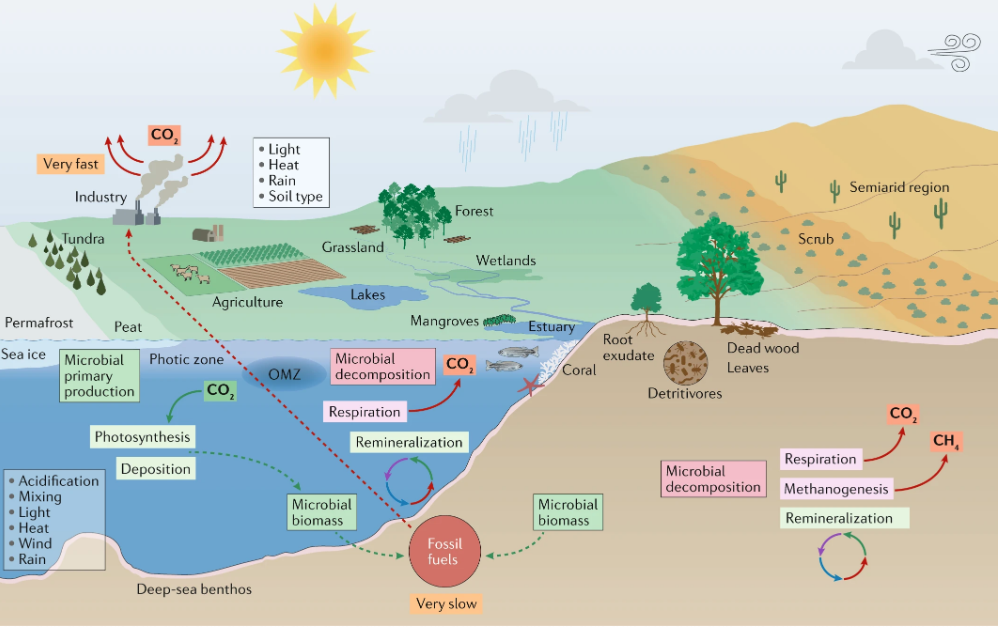Fig. 1: Microorganisms and climate change in marine and terrestrial biomes.
In marine environments, microbial primary production contributes substantially to CO2 sequestration. Marine microorganisms also recycle nutrients for use in the marine food web and in the process release CO2 to the atmosphere. In a broad range of terrestrial environments, microorganisms are the key decomposers of organic matter and release nutrients in the soil for plant growth as well as CO2 and CH4 into the atmosphere. Microbial biomass and other organic matter (remnants of plants and animals) are converted to fossil fuels over millions of years. By contrast, burning of fossil fuels liberates greenhouse gases in a small fraction of that time. As a result, the carbon cycle is extremely out of balance, and atmospheric CO2 levels will continue to rise as long as fossil fuels continue to be burnt. The many effects of human activities, including agriculture, industry, transport, population growth and human consumption, combined with local environmental factors, including soil type and light, greatly influence the complex network of microbial interactions that occur with other microorganisms, plants and animals. These interactions dictate how microorganisms respond to and affect climate change (for example, through greenhouse gas emissions) and how climate change (for example, higher CO2 levels, warming, and precipitation changes) in turn affect microbial responses. OMZ, oxygen minimum zone.


